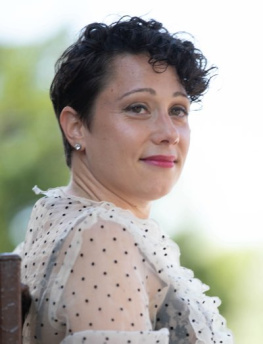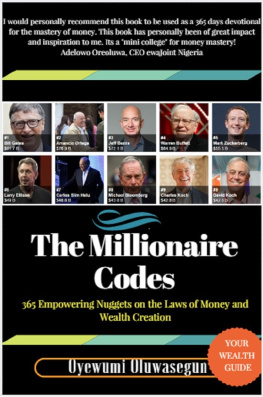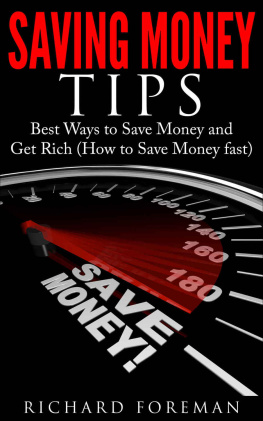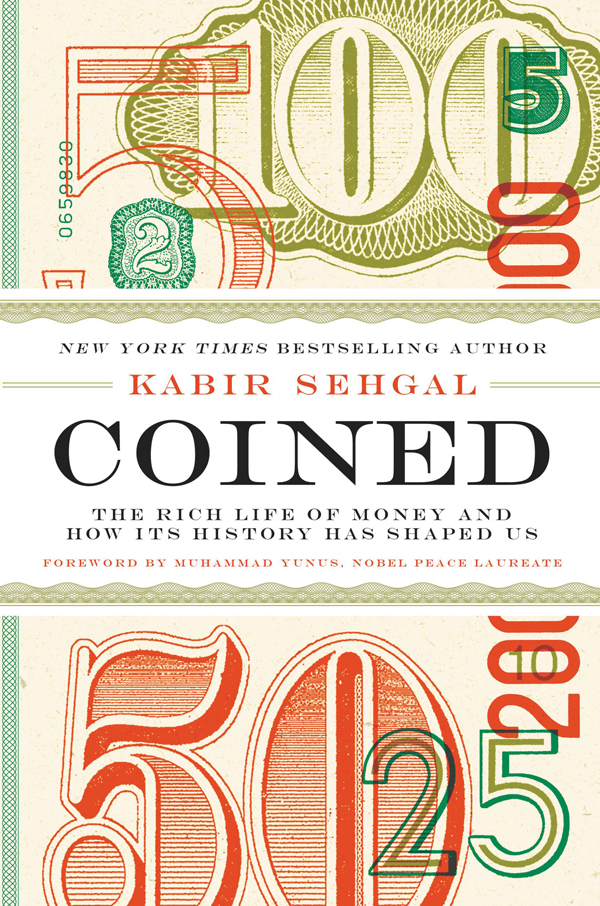In 1974, I was teaching economics at Chittagong University in Bangladesh. In order to reach the campus, I had to travel through Jobra, a typical Bangladeshi village next to the newly built university campus. That same year a terrible famine caused millions across Bangladesh to suffer, and when I realized I could do nothing to ease all that suffering, I felt the arrogance of knowledge and learning begin to melt away. I wanted to overcome this feeling of uselessness by helping at least one person at a time.
I started walking around the village every day with that tiny mission in mind. There were so many things to be done that I hardly knew where to begin. Then I noticed loan-sharking was being practiced widely in the village, which was an ugly thing to watcha mechanism that exploited the poorest people. Using my one-person-at-a-time approach, I started lending to people out of my own pocket, and that is how the idea of microcredit was born.
My work as a banker to the poor has helped me reevaluate money. The traditional definition of money found in economics narrowly categorizes it as an instrument to be used either to maximize our self-interest or to give away as charity. Money, however, can also be applied to advance important social goals, such as reducing poverty and preserving the environmentbut these objectives require innovative applications and a willingness to look at money from new perspectives and through the lenses of multiple disciplines. Kabir Sehgals new book, Coined: The Rich Life of Money and How Its History Has Shaped Us, does precisely that.
I first met Kabir in New York City in 2010. He showed deep concern about the misery that the financial crisis of 2008 brought to millions of people around the world, and he agreed with me that we needed to redesign financial institutions to make them more responsible and inclusive. He went even further, wanting to determine why and how money shapes our lives, perhaps even reassessing the role it should play in our lives. He mentioned his interest in writing a book that would enrich our understanding of money, broaden our perspective, and augment our financial literacy.
The book that resulted from his efforts is a unique and fascinating study of money, not just as an instrument for buying and selling but also as an extension of humankind through the ages. This book reflects our multidimensional nature, as it is an exploration of money and exchange through the perspective of various disciplines from biology and anthropology to history and theology. Kabir examines the uses of money, its invention, its change over time, its future forms, why it is such a powerful force in our lives, and, ultimately, how it should be used.
Kabir examines the past and present of money and projects its likely future. I am most interested in the future incarnation of money: what it can be, and how it holds the power for changing society. That is the role of money I recognized through microcredit, a construct that can empower people and bring about meaningful and sustainable change in a society. That is how I see its power through social business with non-dividend companies that are dedicated to solving human problems. As more people read this book and broaden their understanding of money beyond the goal of accumulation, I hope that they will start social businesses in the future.
But whatever the future of money might be, Kabir Sehgal has done us a great service in writing this book. He has presented in this book everything that money has meant to people over the centuries and with a panoramic perspective. He has prepared the ground for us to take it forward, to give new meaning to money, to assign it new roles in our lives, and to imagine the future of money as a foundation upon which we can build the future of the world we all cherish. Thank you, Kabir.
Muhammad Yunus
Nobel Peace Laureate
Founder of Grameen Bank
It is more easy to write on money than to obtain it; and those who gain it, jest much at those who only know how to write about it.
Voltaire
The image propagated by tradition is that of a city of pure gold, with silver locks and diamond gates, a jewel-city, all inset and inlaid, as a maximum of laborious study might produce when applied to materials of the maximum worth. True to this belief, Beershebas inhabitants honor everything that suggests for them the celestial city: they accumulate noble metals and rare stones, they renounce all ephemeral excesses, they develop forms of composite composure.
Italo Calvino
To Whom It May Concern,
We regret to inform that the mounted centenary coins displayed at the museum are missing from their place. Whoever is in possession of the same is earnestly requested to return them to us in view of the historical importance of those particular coins which were presented personally to the Superior General of the Missions of Charity by the President of India, on the occasion of the Centenary Celebration of Our Mother Teresa.
We can make a gift of coins of the same value on return of those coins. We assure that the entire matter would be kept private and confidential.
Letter posted at Mother Teresas Motherhouse in Kolkata, India









